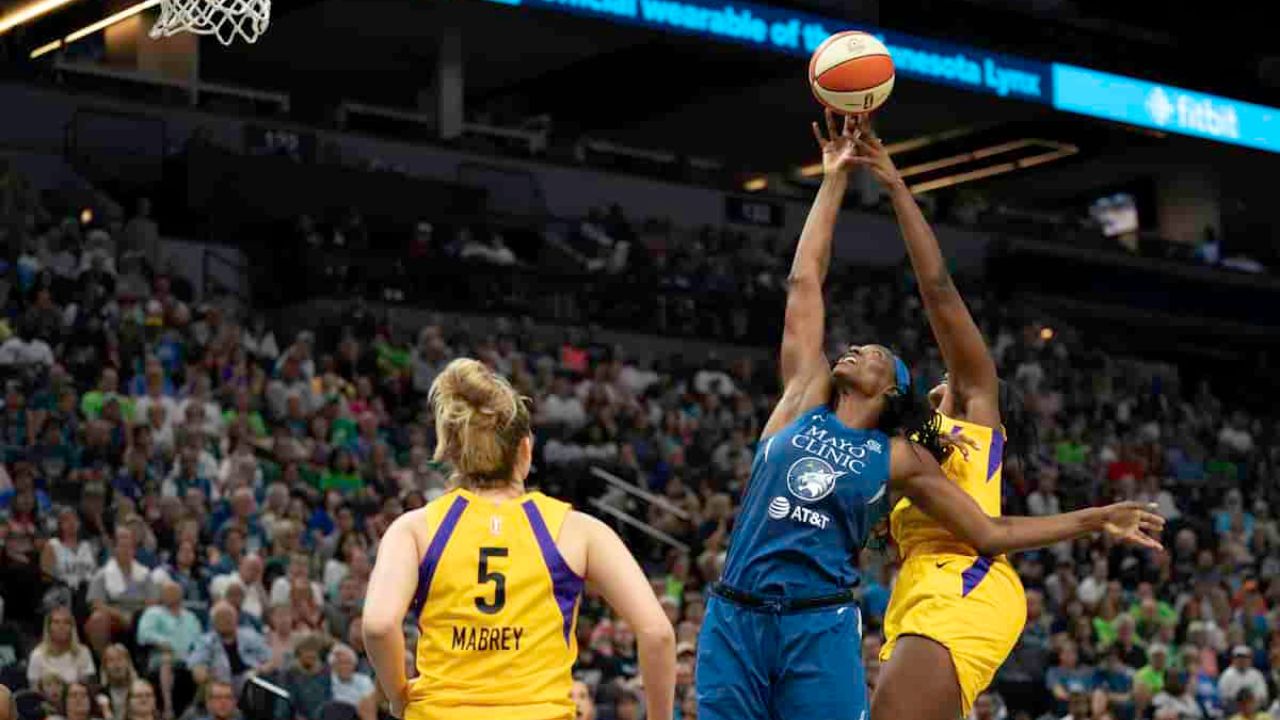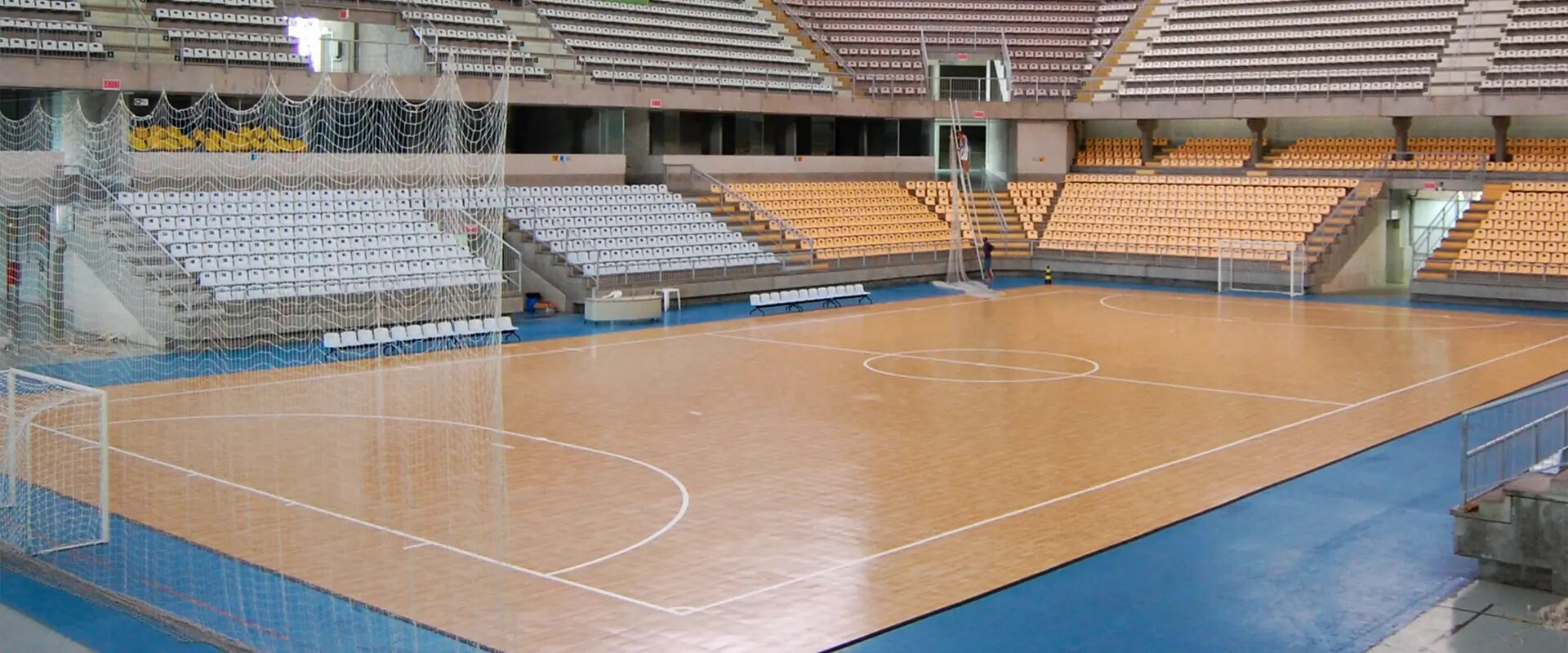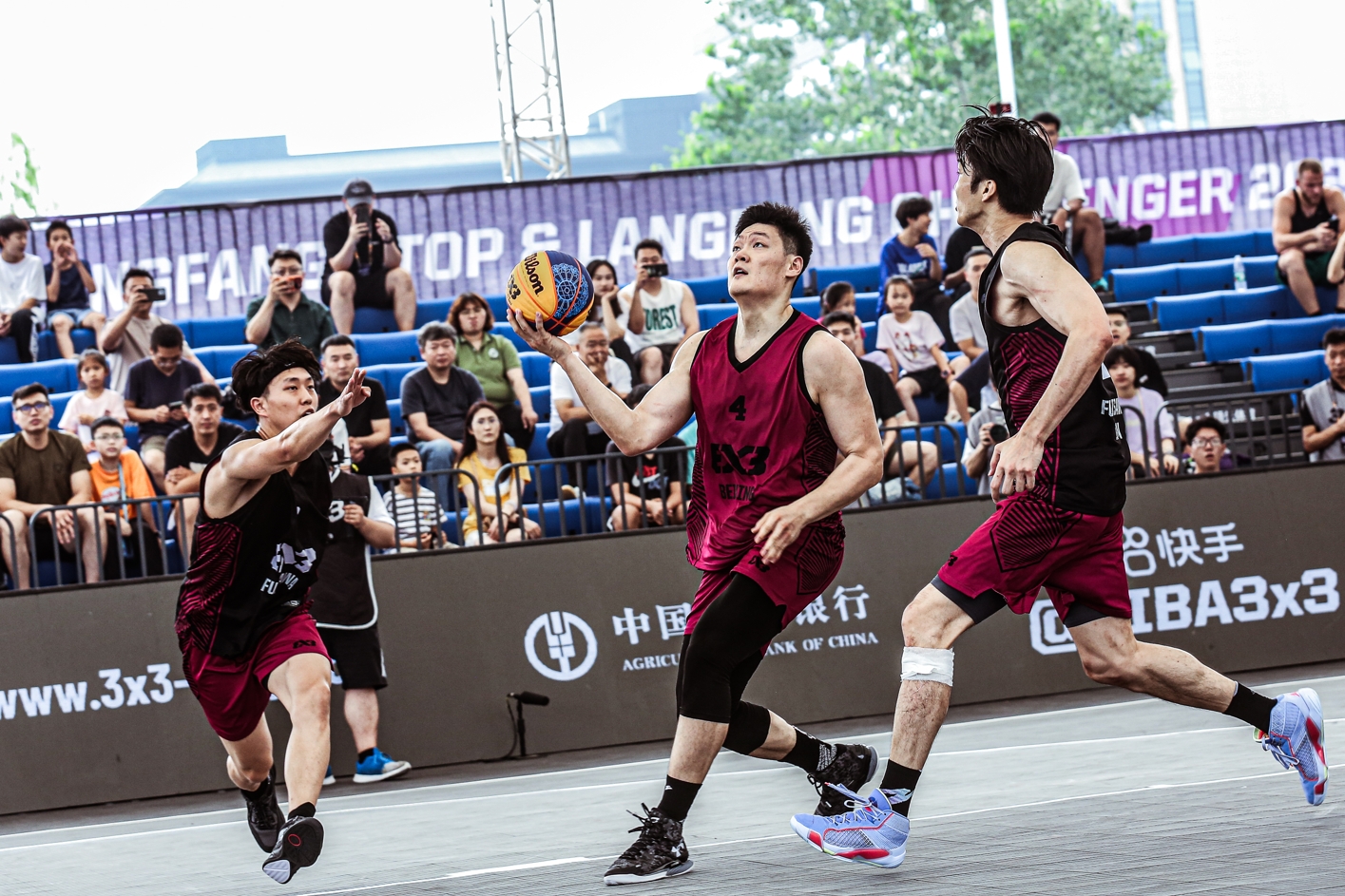In the fast-paced world of basketball, goaltending is a term that often sparks debates and controversies. This crucial aspect of the game involves specific rules and regulations designed to maintain fair play and ensure a level playing field for both teams.
In this article, we will delve into the concept of goaltending, exploring its definition, rules, and the impact it can have on the outcome of a basketball game.
Goaltending is a violation that occurs in specific areas of the basketball court, typically involving interference with a shot as it approaches the basket. It’s an important rule designed to ensure fair play and maintain the integrity of the game.
Let’s talk about What Is Goaltending in Basketball.
Defining Goaltending in Basketball
Goaltending in basketball is a violation that occurs when a defensive player interferes with a shot attempt by touching the ball while it is in its downward flight toward the basket if it has a chance of going in.
It can also be called if a defensive player touches the ball while it is on the rim or within the cylinder above the rim. Goaltending is not allowed in basketball because it gives an unfair advantage to the defensive team by preventing a potential basket from being scored.
Overall, goaltending is a violation in basketball that occurs when a defensive player interferes with a shot attempt by touching the ball while it is in its downward flight toward the basket or if the ball is above the rim and within the imaginary cylinder above the rim.
The Rules and Regulations Surrounding Goaltending
In the game of basketball, goaltending refers to a violation that occurs when a defensive player interferes with a shot attempt that is in the process of descending towards the basket.
The rules and regulations surrounding goaltending are in place to ensure fairness and maintain the integrity of the game. Here are some key points to understand about goaltending:
1. Timing
To be considered goaltending, the interference must occur while the ball is on its downward trajectory toward the basket. If the ball is on the upward path or has already hit the backboard, goaltending does not apply.
How to Get Better at Basketball?
2. Types of interference: Goaltending can occur in two ways
- Touching the ball: If a defensive player touches the ball after it has touched the backboard and is on its downward path, it is goaltending. This includes blocking, slapping, or grabbing the ball while it is on its way down.
- Touching the rim or net: If a defensive player touches the rim or net while the ball is on its downward path, it is goaltending. This prevents the player from altering the ball’s trajectory or preventing it from entering the basket.
3. Consequences
When goaltending is called, the offensive team is awarded two points for the basket attempt, regardless of whether the shot would have gone in or not. The defensive team is not allowed to score points on a goaltending violation.
4. Exceptions: There Are a Few Situations Where Goaltending is Not Called
- During a shot attempt from beyond the three-point line, goaltending is not called if the ball has already hit the rim.
- If a player blocks a shot before it reaches its highest point and begins its downward trajectory, it is considered a legal block and not goaltending.
- During a player’s free-throw attempt, goaltending does not apply.
What is a Travel in Basketball?
5. Reviewable Plays
In some leagues, such as the NBA, goaltending calls can be reviewed using instant replay to ensure accuracy. Players, coaches, and fans need to understand the rules and regulations surrounding goaltending to avoid unnecessary confusion or disputes during games.
Recognizing and Understanding Goaltending Violations
Goaltending violations in basketball occur when a defensive player interferes with a shot that is in the process of descending towards the basket or when a player touches the ball while it is on its downward flight toward the hoop. Here are some key points to recognize and understand goaltending violations:
Timeliness
Goaltending can only occur when the ball is in its downward flight towards the basket. If the ball is still on its upward trajectory, it is considered a legal play for a defensive player to attempt to block or interfere with the shot.
Interference
Goaltending is called when a defensive player makes contact with the ball while it is on its downward path toward the rim. This includes touching the ball while it is directly above the basket, touching the rim or net while the ball is in contact with it, or blocking the ball after it has hit the backboard.
Ball on Its Way Down
To determine if a shot is on its way down, referees typically look for the ball reaching its highest point and beginning to descend towards the hoop. If a defensive player interferes with the ball’s downward trajectory at this point, it is considered goaltending.
Blocked Shots
Not all blocked shots are goaltending violations. If a defensive player blocks the ball while it is still on its upward flight, it is a legal play. However, if the ball has reached its peak and starts descending, and the defender interferes with it, it will be called goaltending.
Location
Goaltending can occur both inside and outside the paint area. As long as the shot is on its downward trajectory towards the basket, a defensive player cannot interfere with it.
Offensive Interference
It’s important to note that goaltending can only be committed by the defensive team. Offensive interference, on the other hand, occurs when an offensive player interferes with the ball after it has touched the backboard or is in the process of descending toward the hoop.
This is also considered a violation. Understanding and recognizing goaltending violations in basketball is crucial for players, coaches, and fans alike.
It helps ensure fair play and maintain the integrity of the game. By familiarizing yourself with the rules and guidelines related to goaltending, you can better appreciate the skills and strategies involved in basketball.
Why Basketball courts are made of Wood?
Last Thoughts
In basketball, goaltending is a violation that occurs when a defensive player interferes with a shot attempt by touching the ball while it is on its way down toward the basket.
This violation can also be called if the defensive player touches the ball while it is on the rim or within the cylinder above the rim. Such infractions are strictly regulated on the basketball court, as goaltending is prohibited in basketball as it gives an unfair advantage to the defensive team by preventing a possible basket from being scored.
FAQs
What is Goaltending Mean in Basketball?
Goaltending in basketball refers to a violation where a defensive player interferes with a shot attempt that is on its way down toward the basket or if they touch the ball while it is directly above the rim.
This results in a goaltending violation and the offensive team is awarded two points. On the other hand, if the defensive player blocks the shot before it reaches its peak or if the ball is not directly above the rim, it is considered a legal play.
What is the Penalty for Goaltending?
The penalty for goaltending is that the opposing team is awarded two points for the shot attempt, assuming it would have gone in had it not been interfered with. The offensive team also retains possession of the ball and is awarded an inbound pass from the sidelines.
Is It Goaltending if It Hits the Backboard?
No, goaltending occurs in basketball when a defensive player interferes with a shot that is on its way down and has a chance to go into the basket. If a shot hits the backboard, it does not automatically mean it is goaltending. The key factor in determining goaltending is whether the shot is on its downward trajectory toward the basket.






